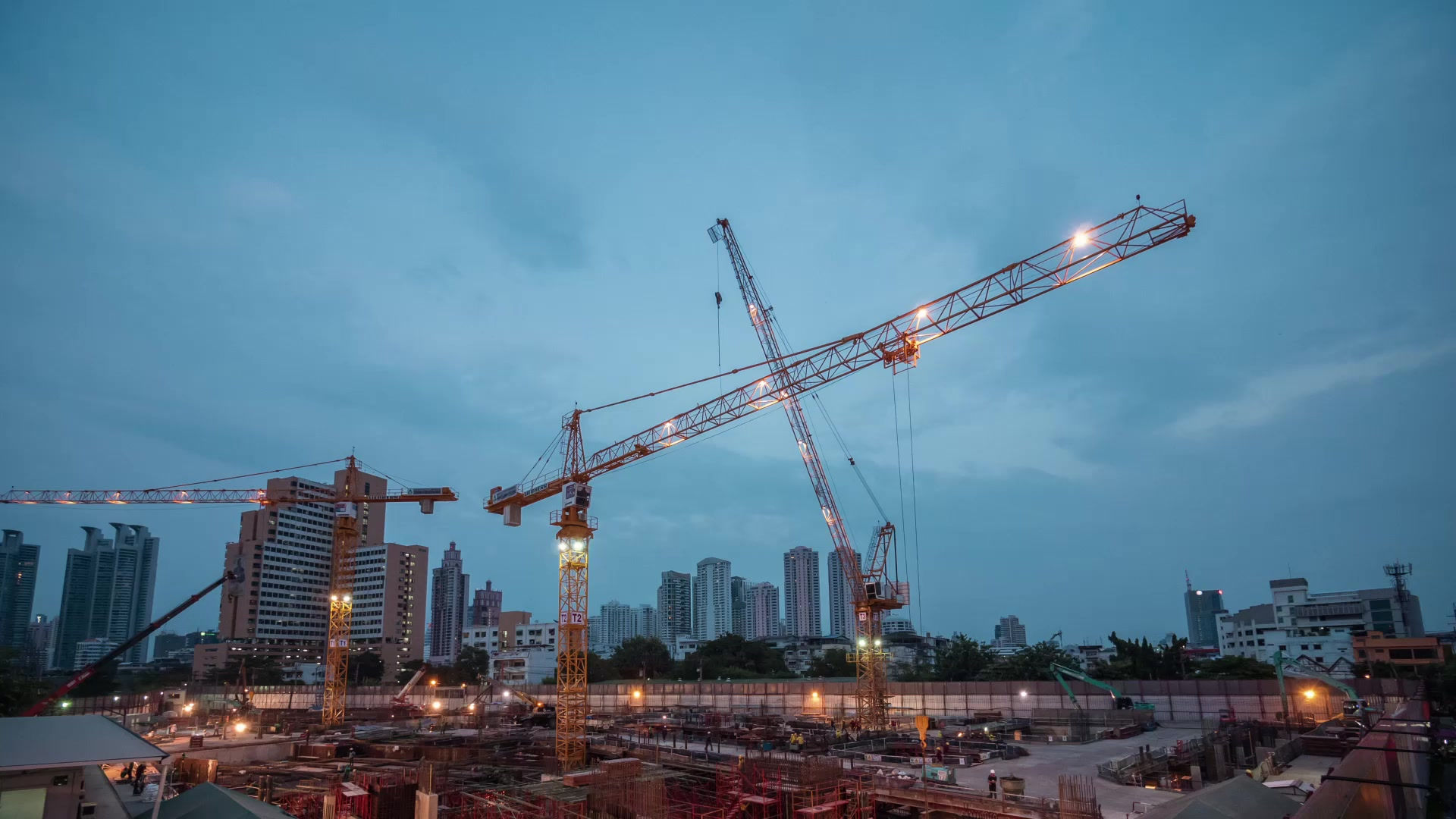What is Fire Stopping and Why is it Important?
- Fire Defence Solutions

- Mar 4
- 3 min read

Fire safety is a fundamental aspect of any building’s design and maintenance, ensuring the protection of both occupants and property. One essential element of passive fire protection is fire stopping, a method used to prevent the spread of fire, smoke, and heat through a building’s walls, floors
, and service penetrations.
Fire stopping involves sealing gaps, joints, and openings with fire-resistant materials, such as fire-rated sealants, intumescent coatings, fire collars, and fire batts. These materials help maintain compartmentation—a fire safety strategy that divides a building into separate fire-resistant compartments, slowing the spread of fire and smoke and providing safe escape routes for occupants.
Why is Fire Stopping Important?
Fire stopping plays a critical role in fire safety compliance, life protection, and property preservation. Here’s why it’s essential:
1. Life Safety
The primary purpose of fire stopping is to save lives. By preventing fire and smoke from spreading through openings in walls, floors, and ceilings, fire stopping buys crucial time for building occupants to evacuate safely. Without adequate fire stopping measures, fire can spread rapidly, making escape routes inaccessible and increasing the risk of injuries or fatalities.
2. Property Protection
Fire damage can be catastrophic, leading to expensive repairs and potential business closures. Fire stopping helps contain fire within a specific area, reducing damage to other parts of the building and minimizing the overall impact. This containment can also help firefighters control and extinguish the fire more effectively, reducing structural damage and financial losses.
3. Legal Compliance
Fire stopping is a legal requirement under UK fire safety regulations, including the Regulatory Reform (Fire Safety) Order 2005 and Building Regulations Approved Document B. Property owners, building managers, and employers have a legal duty to ensure that fire stopping measures are in place and maintained correctly. Failure to comply can lead to hefty fines, legal action, or even imprisonment, especially if fire safety breaches result in loss of life or extensive damage.
Where is Fire Stopping Needed?
Fire stopping is required in various parts of a building, particularly where:
Pipes, cables, or ducts pass through fire-rated walls and floors.
Expansion joints exist between building materials.
Service penetrations (such as HVAC systems or electrical wiring) create potential pathways for fire spread.
Doors, ceilings, and partition walls need additional fire-resistant sealing.
Types of Fire Stopping Materials
Fire stopping involves the use of specialized fire-resistant materials, including:
Intumescent Sealants & Coatings – Expand when exposed to heat, sealing gaps and preventing fire spread.
Fire Collars & Wraps – Used around pipes and ducts to maintain fire compartmentation.
Fire Batts & Boards – High-density fire-resistant materials for sealing large openings.
Mortars & Compounds – Durable fireproof materials used for sealing service penetrations.
Ensuring Effective Fire Stopping
To ensure fire stopping is effective, regular inspections, testing, and maintenance must be carried out by qualified fire safety professionals. Over time, service penetrations may be modified, and materials may degrade, so it’s essential to check that fire stopping remains intact and fully functional.
Conclusion
Fire stopping is a vital part of passive fire protection, ensuring life safety, protecting property, and meeting legal requirements. By using fire-resistant materials to seal gaps and service penetrations, buildings can effectively prevent the spread of fire and smoke, giving occupants more time to evacuate and reducing damage.
If you’re responsible for a building’s fire safety, ensuring proper fire stopping installation and maintenance is essential. Don’t leave fire protection to chance—invest in professional fire stopping solutions to keep your building safe and compliant.




Comments